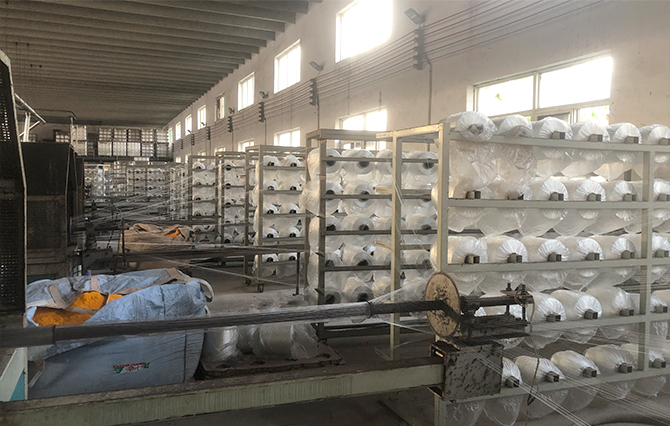Comparing PVC Air Hose and Rubber Hose for Optimal Performance and Durability
PVC Air Hose vs. Rubber Air Hose A Comprehensive Comparison
When it comes to choosing the right air hose for your pneumatic tools or air compressor applications, two of the most common materials you'll encounter are PVC (polyvinyl chloride) and rubber. Each material comes with its own set of advantages and disadvantages, making the decision largely dependent on specific needs and circumstances. This article will explore the key characteristics, benefits, and drawbacks of PVC and rubber air hoses to help you make an informed choice.
Composition and Design
PVC air hoses are made from a synthetic plastic polymer, which gives them unique properties such as lightweight, flexibility, and resistance to certain chemicals. These hoses often feature a smooth interior that allows for improved airflow and less friction. On the other hand, rubber air hoses are produced from natural or synthetic rubber compounds that can provide superior durability and performance in a wide range of conditions.
Flexibility and Weight
One of the most noted benefits of PVC air hoses is their lightweight nature. This makes them easy to handle and maneuver, especially in applications where the user needs to move around frequently. PVC hoses remain flexible in cooler temperatures, which might be a significant advantage in certain environments. Conversely, rubber air hoses are generally heavier, but this added weight can also translate into increased durability, allowing them to withstand harsher environments and rough handling.
Durability and Longevity
When it comes to durability, rubber air hoses often take the lead. They are highly resistant to abrasions, punctures, and tears, making them suitable for heavy-duty applications. If you’re working in conditions where the hose is subject to wear and tear from sharp objects or heavy equipment, rubber may be the better choice.
In contrast, PVC hoses can become brittle over time, especially when exposed to extreme temperatures or UV light. However, they do not typically suffer from the same wear and tear issues when used in lighter applications. While PVC hoses might not last as long as rubber ones under strenuous conditions, they can be suitable for less intensive tasks.
Temperature Resistance
pvc air hose vs rubber

Rubber air hoses typically offer better temperature resistance than their PVC counterparts. They can perform well in a broader temperature range, making them ideal for extreme conditions—whether hot or cold. PVC hoses, however, can become stiffer and may lose flexibility in colder temperatures, reducing their performance.
Cost-Effectiveness
When it comes to cost, PVC air hoses generally offer a more economical option. They are less expensive to produce and purchase, which can be a deciding factor for budget-conscious consumers or businesses. Rubber hoses, while often more costly, may provide greater long-term value due to their longer lifespan and durability, particularly in more demanding environments.
Applications and Use Cases
The choice between PVC and rubber air hoses often comes down to intended use. PVC hoses work well for lighter tasks, such as inflating tires, operating pneumatic tools at home, or light-duty manufacturing. They are an excellent option for casual users and indoor applications.
In contrast, rubber hoses are better suited for heavy-duty applications, construction sites, or any environment where the hose may be exposed to extreme wear and tear. They are typically used by professionals who need reliable performance under tough conditions.
Conclusion
Both PVC and rubber air hoses have their unique advantages and disadvantages, making them suitable for different applications. PVC air hoses are lightweight, cost-effective, and flexible, making them a great choice for less demanding tasks. Rubber air hoses offer superior durability, temperature resistance, and longevity, making them ideal for heavy-duty applications.
Ultimately, the decision should be based on your specific needs, considering factors like the working environment, intended use, budget, and desired durability. By evaluating these characteristics, you can make the best choice for your air hose requirements, ensuring seamless operation of your pneumatic tools and compressor systems.
-
Top Quality Oxy Acetylene Hoses for Sale Fit for Welding DemandsNewsJul.28,2025
-
The Future of Pneumatic Air Tubes in IndustryNewsJul.28,2025
-
Superior and Reliable LPG Hose Pipe Solutions for Every NeedNewsJul.28,2025
-
Exceptionally Durable and Versatile Premium Braided PVC TubingNewsJul.28,2025
-
Best Adapters for Connecting Garden Hose to PVC Pipe ConnectionsNewsJul.28,2025
-
The Essential Role of LPG Hoses in Safe and Efficient Gas DistributionNewsJul.16,2025














